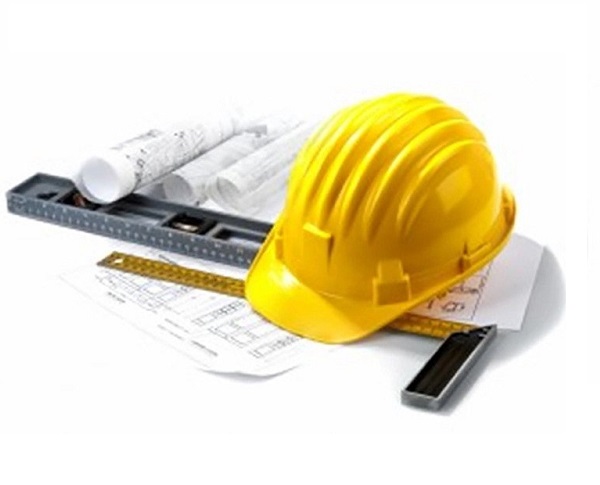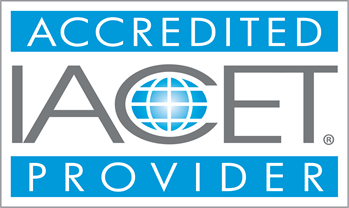Free Course
CSP Certification Prep
The entire online experience has been reimagined with an easy-to-navigate sidebar and customizable options—move through lessons, subject areas, or components so you can study your way, on your schedule.
Course Modules - (75)
Our CSP Prep Course gives you all the structure and expertise of a prep course without the thousand dollar price tag.
Learning Outcomes:
- Online classes tend to be more cost-effective than in-person courses. You can save on travel expenses, lodging, and other associated costs, making online training a more budget-friendly option. Additionally, online courses can often be completed more quickly than their in-person counterparts, as you can work through the material at your own pace and without the constraints of a fixed class schedule.


